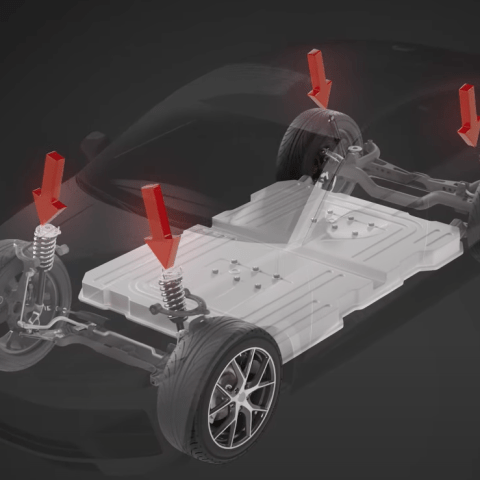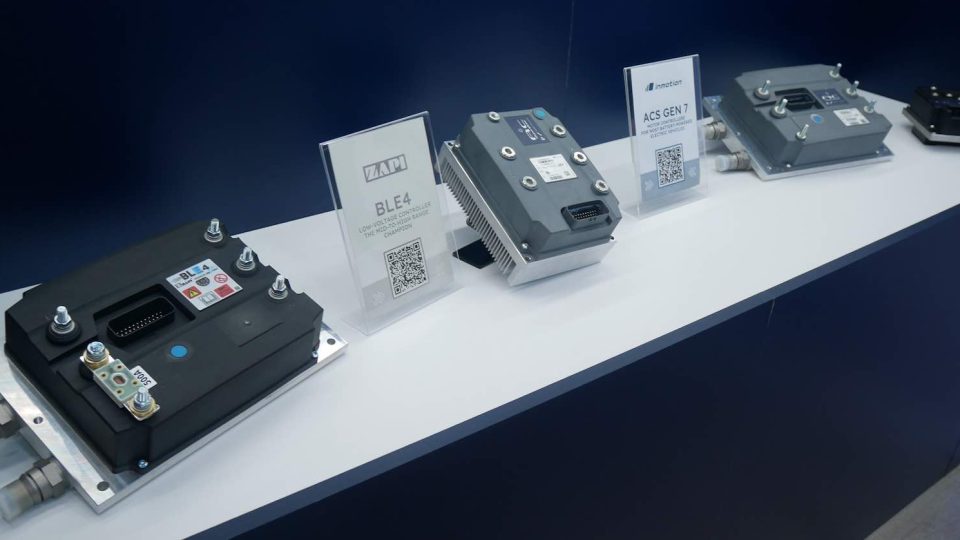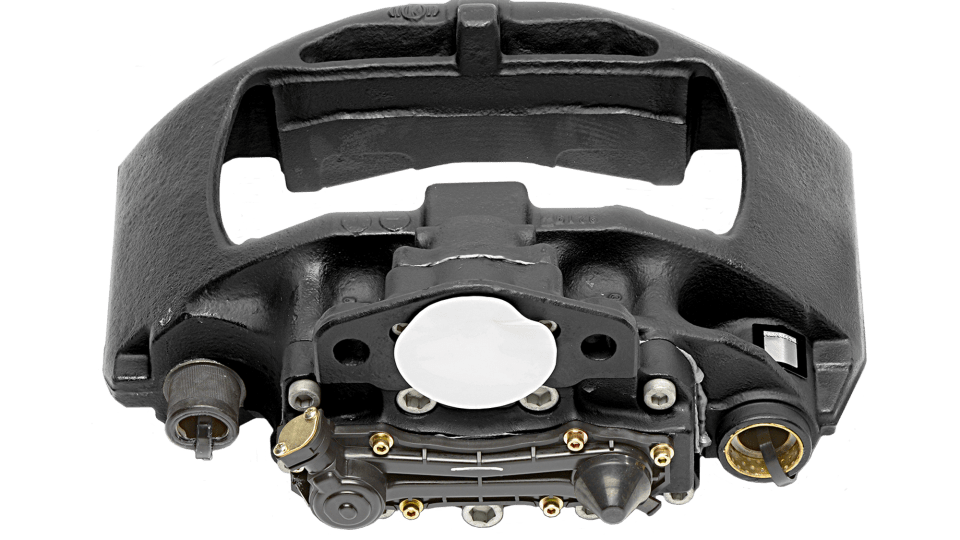Tenneco unveils HRS for Monroe passive dampers
Tenneco has unveiled an innovative, highly tunable hydraulic rebound stop (HRS) system that minimizes damper rebound topping energy and noise encountered in BEVs and other comparatively heavy passenger vehicles. The new system is called Monroe Ride Refine Advanced HRS.

Tenneco, one of the world’s leading providers of passive and electronic dampers for automotive applications, has unveiled an innovative, highly tunable hydraulic rebound stop (HRS) system that minimizes damper rebound topping energy and noise encountered in BEVs and other comparatively heavy passenger vehicles ensuring optimal energy absorption. The new system, Monroe Ride Refine Advanced HRS, also eliminates the need for chassis reinforcements commonly added to resist high-energy impacts. Now available in Monroe OE Solutions double-tube shock absorbers and struts, the system can also be custom tuned to increase body control empowering OEMs to deliver outstanding ride comfort in all driving situations.
Engineered to provide high damping force and best-in-class noise performance, the Ride Refine Advanced HRS system features an innovative grooved and swaged pressure tube and high-resistance sealing ring that provide a virtually imperceptible, highly progressive transition to HRS activation. The system’s broad tuning curve is defined by the pressure tube swage length and bleeds on the side of the sealing ring. By eliminating a mechanical spring, Tenneco engineers also reduced damper weight and packaging requirements.
“This innovative system addresses a profound need among vehicle OEMs to optimize management of peak suspension loads on electric vehicles, which are heavier and sit lower to the ground,” said Dan Keil, Tenneco Executive Director, Product Engineering, Monroe Ride Solutions. “This versatile new technology delivers premium damping performance and an exceptionally broad tuning range while minimizing weight and complexity as well as durability for long lasting performance. It is precisely what is needed for BEVs, HEVs and vehicles with comparatively high curb weight.”









